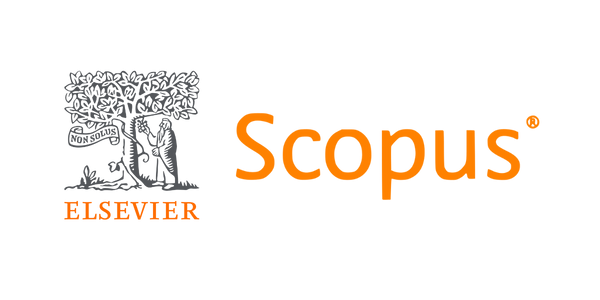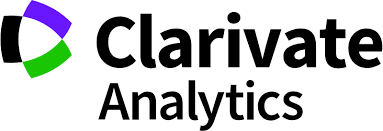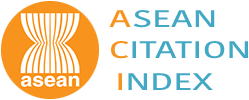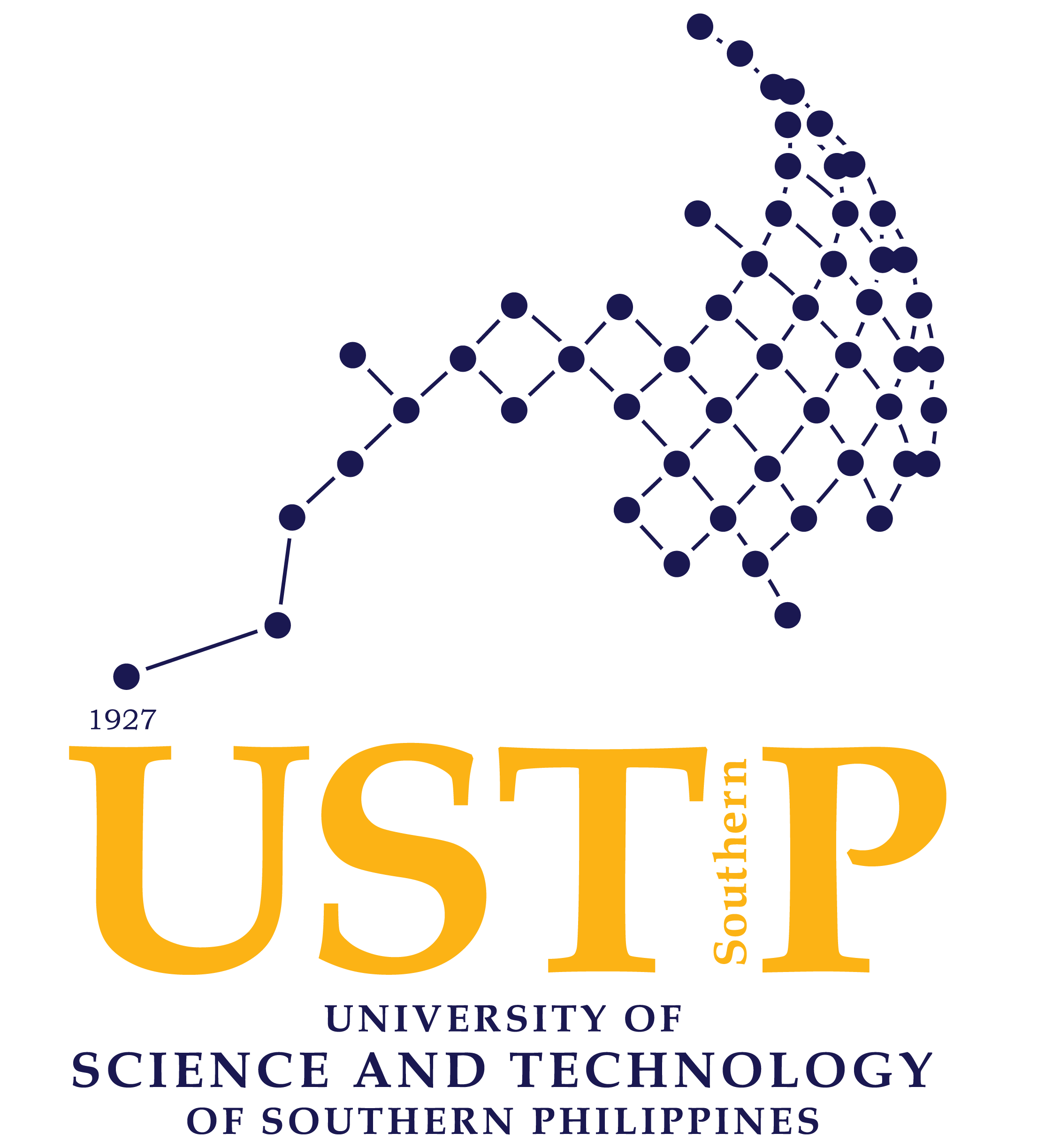Harnessing DevOps and Microservices for Scalable Teleconsultation — A Case Study on Healthcare Information Management System (HIMS) at USTP
DOI:
https://doi.org/10.61310/mjst.v22iS1.2216Keywords:
Healthcare Information Management System, COVID-19 monitoring, teleconsultation, digital health records, real-time case trackingAbstract
The Healthcare Information Management System (HIMS) was developed and implemented at the University of Science and Technology of Southern Philippines (USTP) to enhance healthcare accessibility, operational efficiency, and scalability. Leveraging the Technology Acceptance Model (TAM), DevOps practices, and Microservices architecture, the system features real-time teleconsultation, electronic documentation, and a Personal Health Record (PHR) module. HIMS facilitated 12,164 teleconsultations during deployment, comprising 8,294 physical and 3,870 virtual appointments. It achieved widespread adoption, with 12,164 registered users (8,854 students and 3,310 employees) and significant operational improvements, including a 70% reduction in record retrieval times. Performance metrics such as 99.9% uptime and <1-second response times validated its reliability. User feedback indicated high satisfaction, with 92% finding the system user-friendly. These results demonstrate HIMS' potential as a scalable, user-centered healthcare solution for academic and public institutions. Future directions include the integration of artificial intelligence for predictive analytics and exploring nationwide implementation to support broader healthcare delivery objectives.










